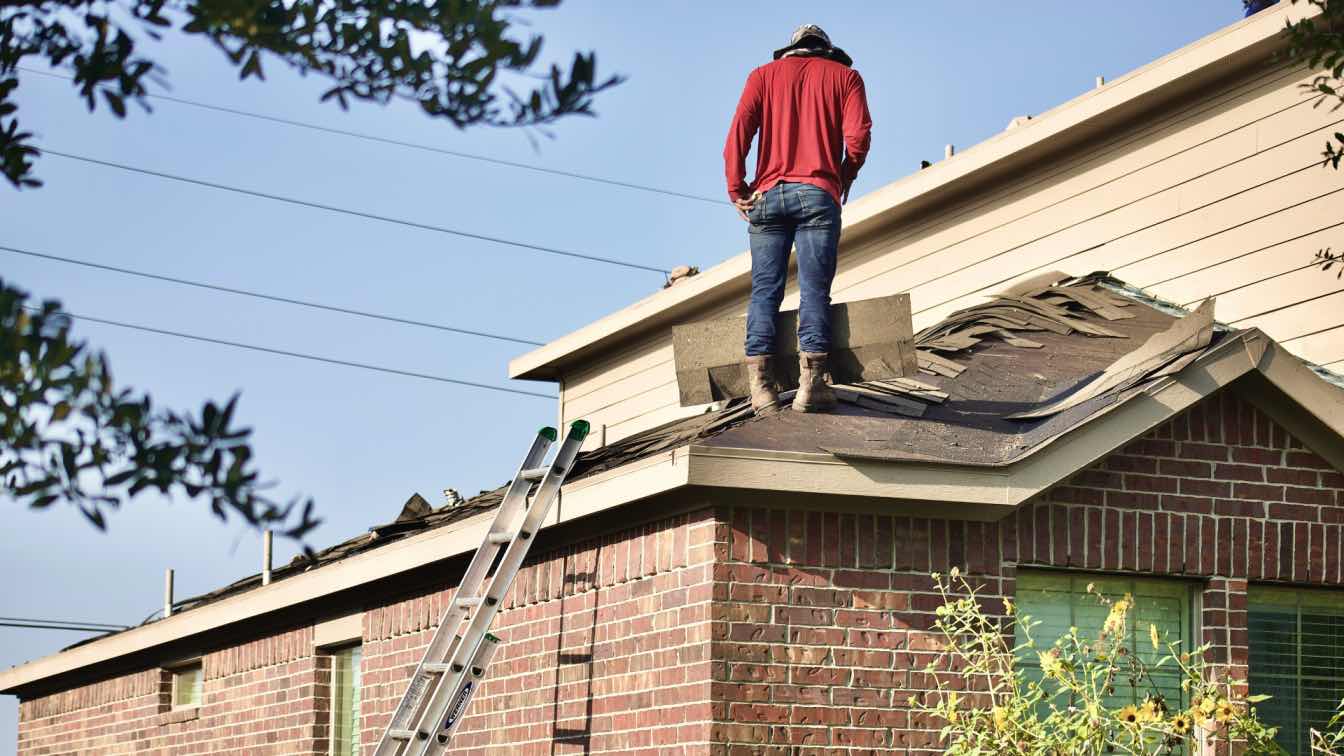Few things can derail your plans like unexpected roofing issues. A roof is one of the most critical components of your home—it protects your structure, belongings, and family from the elements. When problems arise, they can quickly spiral from minor annoyances into full-blown emergencies that disrupt your daily life and hit your wallet hard.
What makes roofing problems particularly stressful is how quickly they can escalate. One small leak or missing shingle might seem harmless at first, but if ignored, it can lead to significant water damage, mold growth, or even structural deterioration. That’s why identifying and addressing common roofing issues early is essential to avoiding the kind of week you’d rather forget.
Leaky Roofs That Lead to Interior Damage
A leaking roof is often the first sign that something’s wrong. Whether it's caused by cracked flashing, worn-out shingles, or storm damage, water intrusion can create havoc inside your home. Once moisture enters, it doesn’t just stay in the attic—it seeps into walls, ceilings, and flooring, causing warping, staining, and, in severe cases, mold infestations.
Leaks can also affect electrical systems if water reaches wiring or light fixtures. What started as a slow drip could soon require extensive repairs, costing you time, money, and comfort. If you notice any discoloration on your ceiling or a musty smell in your home, it's a good idea to inspect your roof right away or call in a professional.
Damaged or Missing Shingles After a Storm
Strong winds and hailstorms can easily rip shingles off your roof or cause them to crack and curl. Shingles are your roof’s first line of defense, and when they’re damaged or missing, your home becomes vulnerable to water penetration and UV damage.
The trouble with shingle damage is that it’s not always visible from the ground. You may not even realize your roof is compromised until a heavy rainstorm reveals a problem. After severe weather, it’s wise to do a quick visual inspection or have a trusted roofing contractor assess your roof. Acting quickly can prevent minor issues from developing into major repairs.
Clogged Gutters That Cause Roof Overflow
Gutters play an essential role in directing water away from your roof and home’s foundation. But when they become clogged with leaves, debris, or even nesting animals, water can pool on your roof and seep underneath the shingles. This backup can also lead to fascia board rot, roof deck deterioration, and ice dams during colder months.
Routine gutter cleaning, especially in the fall and spring, is key to preventing unnecessary water damage. If you find water spilling over the sides or dripping behind the gutters, that’s a red flag indicating they’re not functioning properly and could be contributing to larger roof-related issues.
Sagging Roof Deck That Signals Structural Trouble
A sagging section of your roof isn’t just unsightly—it could point to serious structural issues. This often results from prolonged water exposure or the accumulation of too much weight, such as snow or layers of shingles from past repairs. Over time, the wood decking beneath your roof may begin to soften or rot, causing it to bow under pressure.
A sagging roof requires immediate attention to prevent collapse or widespread damage. If you notice dips or uneven areas in your roofline, it’s time to call in an expert. A local roofing company in Atoka, TN, can assess the integrity of the structure and recommend whether repair or replacement is necessary. Timely action in these situations can be the difference between a manageable fix and a complete overhaul.
Flashing Failures Around Chimneys and Skylights
Flashing is the metal material installed around roof penetrations—like chimneys, skylights, and vent pipes—to seal out water. When flashing is improperly installed, corroded, or lifted by wind, it becomes a weak point where water can easily enter.
Because these areas are prone to pooling water and runoff, even a small gap in flashing can lead to significant leakage. Unfortunately, these types of problems often go unnoticed until ceiling stains appear or interior water damage becomes visible. Professional installation and routine inspections are crucial to ensuring that flashing does its job year-round.
Ventilation Issues That Compromise Energy Efficiency
Your roof isn’t just about keeping water out—it also plays a critical role in regulating temperature and airflow within your attic and home. Poor ventilation can lead to heat buildup in the summer and condensation in the winter, both of which can shorten your roof’s lifespan and raise your energy bills.
Inadequate airflow also creates a perfect environment for mold and mildew, which can affect indoor air quality. If your attic feels excessively hot or you’ve noticed higher-than-usual HVAC costs, it may be time to evaluate your roof’s ventilation system and consider upgrading it.
Roofing problems can start small but escalate quickly, turning into costly and disruptive experiences. Whether it’s a leak during a rainstorm, sagging after a snow event, or storm damage that exposes your home, these issues have a way of throwing your week—and your budget—into chaos. The best defense is routine maintenance, timely inspections, and acting quickly when something doesn’t seem right. With the right attention and expert help, you can keep your roof strong, reliable, and ready to weather whatever comes next.





